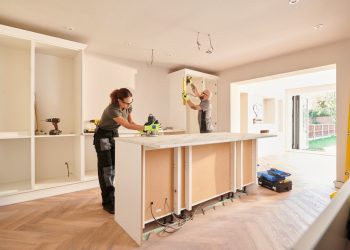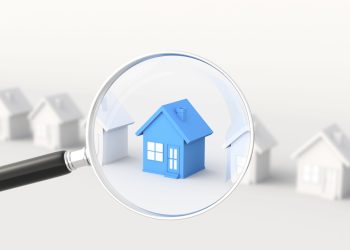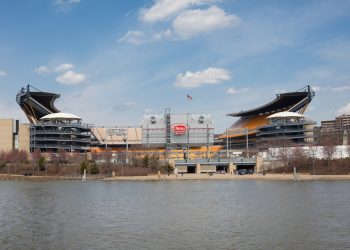Housing starts, which have been falling for most of this year, surprised many observers by rising significantly in August—though low building permit numbers are foreshadowing more rough times ahead.
Up 12.2% overall, multifamily drove the increase with a 28.6% annualized jump since July, while single-family rose a modest 3.4%. Permits continued sinking, down 10% since the previous month and 14.4% year-over-year.
“New home sales have been falling faster than sales of existing homes,” said Bright MLS Chief Economist Dr. Lisa Sturtevant in a statement. “Builder confidence has plummeted in the wake of a significant decline in buyer traffic. Higher construction costs and interest rates have also been a challenge for single-family homebuilders.”
With homebuilder sentiment falling consistently all year, this report will do little to assuage concerns about a widespread lack of housing inventory and a dampening of demand from buyers. But the strength of multifamily starts, and the fact that builders were able to find some wiggle room in their margins to put up more houses, seems like good news for the industry as a whole.
“A surprising bounce back in new home construction is welcome,” said National Association of REALTORS® (NAR) Chief Economist Dr. Lawrence Yun in a statement. “The latest month’s increase is implying that builders still see profit opportunities even as they concede on prices. Material prices, including that of lumber, have been moderating, and fully completed homes are selling fast.”
On the negative side, permits were down across the board on a month-to-month basis—with one exception. Single family permits in the West rose 1.6%.
Jing Fu, the National Association of Homebuilder’s Director of Forecasting and Analysis, did not see much of a bright side in the report.
“Today’s housing starts report is more evidence that the housing recession is deepening for the single-family market, with the pace below 1 million for the last two months,” she said. “The one bright spot is multifamily construction, which remains very strong given solid demand for rental housing.”
While multifamily starts shot up, the biggest drop in new permits was for larger multifamily (five or more units), down 18.5% nationwide. Also, overall permits fell in the Northeast and South—lower by 15.2% and 13.5%, respectively. The Midwest saw a less precipitous drop at 6.5%, while permits declined in the West by 1.1%.
Month-to-month, the Midwest and South led the bounce-back in housing starts. The South saw new builds rise 24.5%, while the Midwest was up 19.3%. The West saw a fractional 1.1% bump, while the Northeast sank 17.3%.
Year-over-year, housing starts and permits remain depressed. Single-family housing starts are down 14.6% from a year ago, and new home construction is essentially flat.
But Yun argued that because the current housing shortage is much more than a pandemic blip, far-sighted builders actually have a lot to look forward to.
“There was a housing shortage of around 5 million homes before the onset of the pandemic. That shortage is not going away soon,” he said. “The near-term single-family outlook is complicated due to high mortgage rates. But the long-term outlook for homebuilders is bright due to the need to build more to fully relieve the housing shortage.”
That short-term crunch—especially in single-family—shouldn’t be ignored, though, Sturtevant warned.
“With the Federal Reserve poised to raise interest rates again this week, builders will continue to face higher construction costs and rising rates,” she said, “which likely means new homebuilding will continue to be slower than last year.”
“Expected additional tightening of monetary policy from the Federal Reserve, falling builder sentiment and a 15.3% year-over-year decline in single-family permits points to further weakening for the housing sector,” Fu added.












